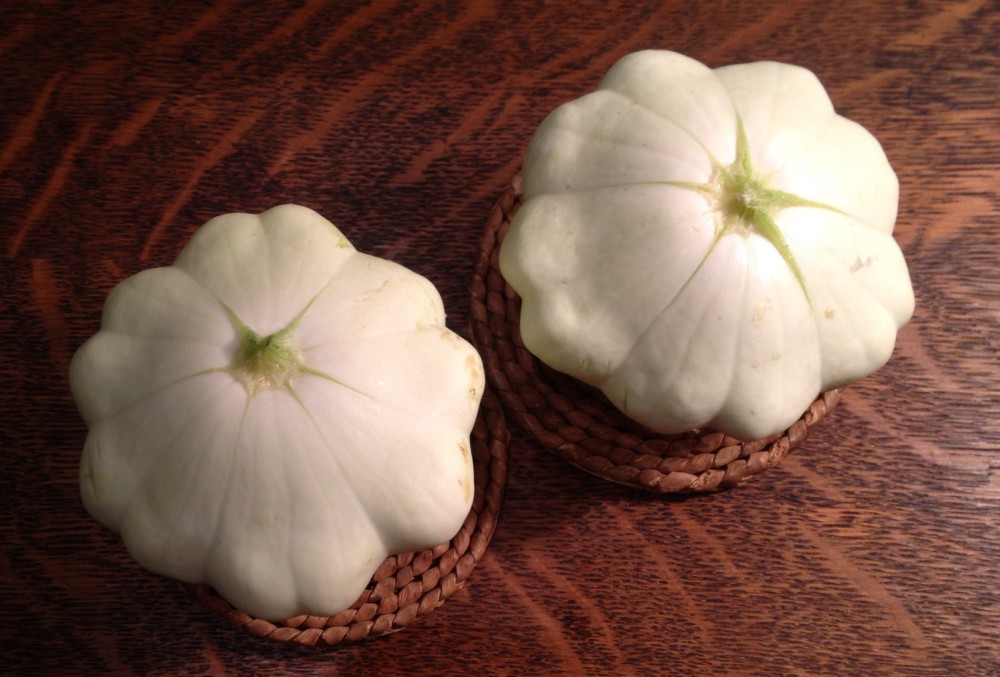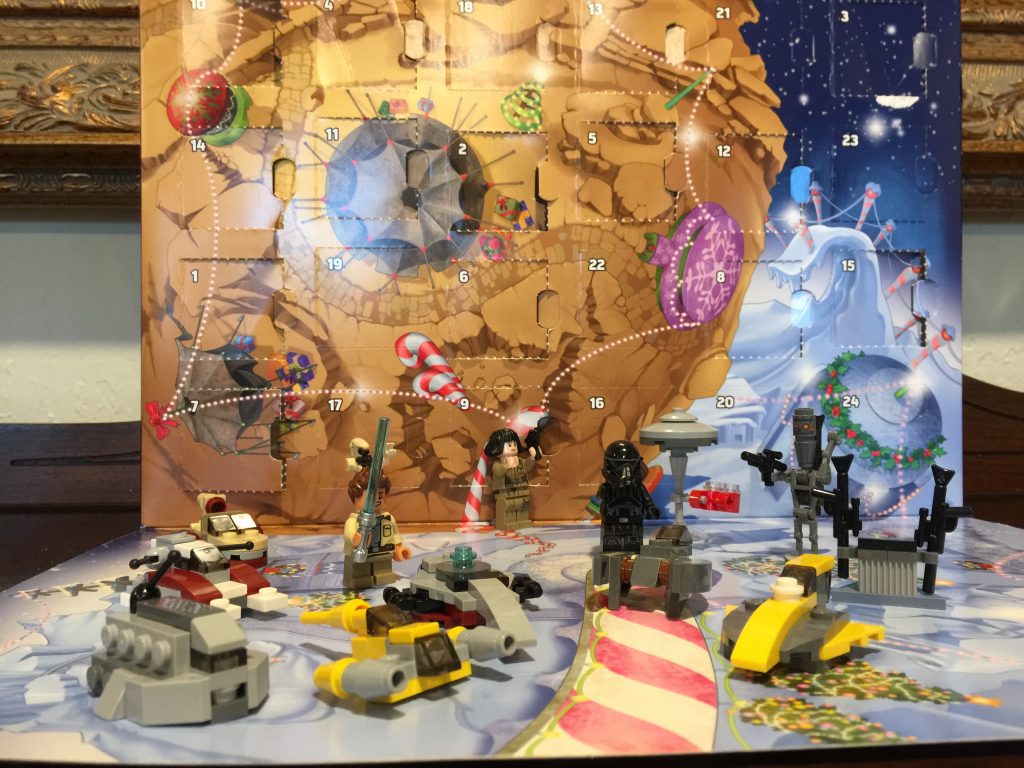There were swimmers in the Sahara Desert. Not now. Long ago. In a cave, an ancient artist painted lithe figures — swimming, diving and floating weightlessly, where now there is only rock, sand and unremitting heat. The desert breaks the spirit of the traveler and pulls down those who challenge its domain.
Geographic explorers discover the swimmers near the start of World War II. Two of those explorers fall in love. The movie follows those two, Count Lazlo de Almasy and Catherine, into the war, to Italy and back to that desert cave.
“The English Patient” won the Oscar for Best Picture in 1996.
This is a sad searching story of two star-fated lovers, Romeo and Juliet in North Africa, trapped by the warring families of the second world war.
Unlike Shakespeare, this tale can’t stay in the present. It flashes back and forth across the years, beginning where it ends and ending where it began. Our lovers are the swimmers. They exist and move above time and space in a place of their own, as lovers often do. Unfortunately, we, the viewers, are fixed. We would share and understand their world but the sands shift too often and too far, and we lose our way as they lost theirs.
A worthy undertaking, the beauty of the cinematography and poignancy of the acting render a breathtaking and heartwrenching visual and emotional experience. Alas, the challenge of the story-line is too great for us, the watchers, as it is was for Almasy and Catherine, the actors. In the end, we part unsatisfied and uncertain.
Were it not so and Shakespeare and iambic pentameter could solve the problem, but the film falters and does not reach the poet’s pinnacle. As one critic reviewed, this picture may be better watched twice. The moves forward and flashes back are too mixed and muddled to be seen clearly in a single showing.
Here is what our ethnofamilymovieography viewers had to comment about “The English Patient”:
Set in the deserts of North Africa and hillsides of Italy leading into and during World War II, “The English Patient” was recognized for the beauty of the cinematography, the captivating accompaniment of the music and the pathos of the tragic love story presented; unfortunately, the presentation of that story failed the ethnofamilymovieography audience — they found the back-flashing to unravel the events tediously long, poorly presented, excruciatingly slow, overly complex, difficult to follow, overly dramatic and uninteresting; and the viewers did not like the graphic nudity, the glorification of adultery and the mercy killing at the end; a monumental undertaking, the picture did not reach its viewers and managed only an average rating of 6.00 out of 10.00, placing the show tied for #59 of the first 69 Best Pictures, very near the bottom of the Oscar-winning movies viewed to date.
The film is mature and not for children, perhaps unnecessarily so — a theme that seems to have been advancing in filmmaking since the ’60s. The story itself is fascinating, captivating — but perhaps more than can be managed in a cinematic presentation.
Another factor that may be relevant to both story and cinema is “message.”
One of the ethnographic survey questions is:
Do you feel the message of this film is still relevant today? Circle one: YES NO Maybe
For this film, there were more no’s and maybe’s than yes’s. This is a difficult parameter to interpret, but it seems to happen with the less substantive shows. Think about that.
Enough for this show. There will be no Best Picture showings until after Christmas and New Year’s, when we return with the movie “Titanic.” I will continue to blog, but the ethnofamilymovieographers will take a break.
Back soon with something new,
Grandpa Jim

